- No products in the cart.
Hemomitsin prig.susp.dlya powder for oral 200mg / 5ml 10g vial complete with measuring spoon
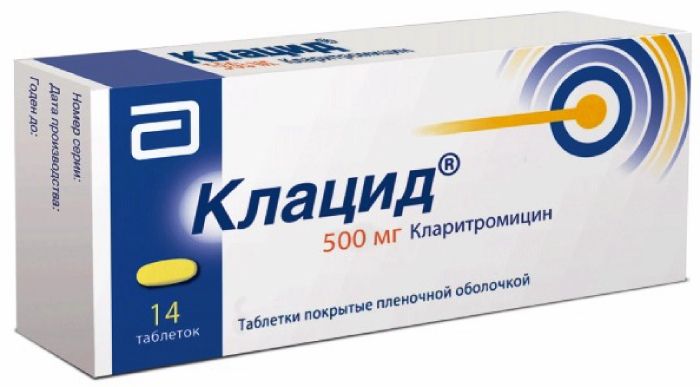
Klatsid tab n / 500mg film about 14 pc
$17.88

Ceftriaxone biochemist powder for solution for injection vial 1 piece 1d sol. 5ml ampoules 2 pcs
$4.71
$4.71
Hemomitsin prig.susp.dlya powder for oral 200mg / 5ml 10g vial complete with measuring spoon
SKU: 0961133623 Categories: Antibiotics, Antibiotics, antimicrobial, antiparasitic, Medicaments Tags: azithromycin, STADA
Description
Composition
Active substance:
5 ml of suspension contains azithromycin (azithromycin dihydrate in the form of 209.6 mg) – 100 mg or 200 mg.
Excipients:
Xanthan gum – 20 mg Sodium saccharinate – 4 mg Calcium carbonate – 150 mg colloidal silica – 25 mg Sodium phosphate anhydrous – 17.26 mg Sorbitol – 2054.74 mg apple flavoring – 4 mg of strawberry flavor – 10 mg cherry flavor – 15 mg.
Description:
The powder is white or off-white color with a fruity odor.
Description of the finished suspension: suspension is off-white in color with a fruity odor.
Product form:
powder for suspension for oral administration 200 mg / 5 ml. 10 grams of dark glass vial with 60 ml, a sealed screw, with the control of the first opening a plastic or metal cap. The top side of the plastic cover is applied diagram vial opening.
The vial together with measuring spoon (5ml, with the mark for volume 2.5 ml) and instructions for use put in a cardboard box.
Contraindications
Hypersensitivity to azithromycin or other components of the formulation; increased sensitivity to erythromycin, other macrolides, ketolides; concomitant use with ergotamine, dihydroergotamine; liver dysfunction, severe; disorders severe renal impairment (creatinine clearance less than 40 mL / min); breastfeeding; Children up to age 12 months.
Carefully
Myasthenia gravis, human liver mild to moderate severity of renal mild and moderate severity (creatinine clearance of 40 ml / min), patients with the presence proaritmogennoe factors (especially in the elderly): with congenital or acquired lengthening the interval QT, in patients receiving antiarrhythmic drug therapy class IA (quinidine, procainamide) and III (dofetilide, amiodarone and sotalol), cisapride, terfenadine, antipsychotics (citalopram), fluoroquinolones (moxifloxacin and levof loksatsin), with violations of water-electrolyte balance, especially in the case of hypokalemia or hypomagnesemia, clinically significant bradycardia, cardiac arrhythmia or severe heart failure; concurrent use of digoxin, warfarin, cyclosporine; pregnancy.
Dosage
200 mg / 5 ml
Indications
Infectious-inflammatory diseases caused by microorganisms sensitive to azithromycin:
upper respiratory tract infections and ENT (sinusitis, tonsillitis, pharyngitis, otitis media); lower respiratory tract infections (bacterial and atypical pneumonia, acute bronchitis, exacerbation of chronic bronchitis); skin and soft tissue infections (acne vulgaris moderate, erysipelas, impetigo, secondarily infected dermatoses); Lyme disease (Lyme disease), for the treatment of early stage (erythema migrans); urogenital tract infections (urethritis and / or cervicitis) caused by Chlamydia trachomatis.
Interaction with other drugs
Antacids (aluminum and magnesium-containing) does not affect the bioavailability of azithromycin, but decreased its maximum blood concentration of about 25%, and the drug should be taken at least one hour before or two hours after administration of these drugs.
Food slows down and reduces the absorption.
When combined with anticoagulants indirect coumarin (warfarin) may be increased anticoagulation effect; patients requires careful monitoring of the prothrombin time.
Digoxin: possible increase in the concentration of digoxin; necessary to monitor the concentration of digoxin in the blood.
Ergotamine and dihydroergotamine: increased toxic effect (vasospasm, dysesthesia); the combined use is not recommended.
The simultaneous use of terfenadine and macrolide antibiotics causes arrhythmia and QT interval elongation. It is necessary to take into account these data, while the use of terfenadine, and azithromycin.
With simultaneous use of fluconazole reduces the maximum azithromycin blood concentration of 18%, which has no clinical significance.
some were reported cases of rhabdomyolysis in patients receiving both azithromycin and statins.
With simultaneous use of azithromycin and rifabutin sometimes observed neutropenia. Despite the fact that neutropenia associated with the use of rifabutin, a causal relationship between the use of a combination of azithromycin and rifabutin and neutropenia has not been established.
With simultaneous use of azithromycin and cyclosporin is necessary to control the concentration of cyclosporine in the blood plasma and adjust the dose.
While the use of zidovudine azithromycin has little effect on the pharmacokinetics, including renal excretion, zadovudina glyukoronidnogo and its metabolite, but increases the concentration of the active metabolite – phosphorylated AZT in peripheral blood mononuclear cells (clinical significance of this fact not defined).
The simultaneous use of azithromycin (1200 mg) and nelfinavir (750 mg 3 times a day) causes an increase of the equilibrium concentration of azithromycin in plasma. No clinically significant side effects were observed and correction dose of azithromycin when applied simultaneously with nelfinavir not required.
Azithromycin weakly interacts with cytochrome P450. Not revealed that azithromycin is involved in similar pharmacokinetic Vzaimodeytsvie erythromycin and other macrolides, azithromycin is not an inducer and an inhibitor of cytochrome P450.
The pharmacokinetic studies influence of single dose azithromycin pharmacokinetics cimetidine revealed no changes in the pharmacokinetics of azithromycin, cimetidine, subject to application of 2 hours prior to the azithromycin.
Azithromycin concentration does not affect the blood plasma carbamazepine, efavirenz, didanosine, fluconazole, indinavir, cetirizine, midazolam, theophylline, triazolam, nelfinavir, trimethoprim / sulfamethoxazole, sildenafil, atorvastatin, methylprednisolone, while the application.
Overdose
Symptoms: severe nausea, temporary hearing loss, vomiting, diarrhea.
Treatment: gastric lavage, symptomatic treatment.
pharmachologic effect
Pharmacological group:
Antibiotic – azalide.
Pharmacodynamics:
Azithromycin – bacteriostatic antibiotic with broad-spectrum macrolide-azalides. It has a broad spectrum of antimicrobial action. The mechanism of action of azithromycin is associated with suppression of the synthesis of microbial cell protein. Communicating with the 50S-ribosomal subunit, inhibits peptidtranslokazu step of broadcasting and inhibits protein synthesis by slowing growth and reproduction of bacteria. In high concentrations it has a bactericidal effect.
It has activity against a number of Gram-positive, Gram-negative, anaerobic, intracellular and other organisms.
Microorganisms can initially be resistant to the antibiotic, or may acquire resistance to it.
In most cases, sensitive to azithromycin:
Aerobic gram-positive bacteria: Staphylococcus aureus (methicillin sensitive), Streptococcus pneumoniae (penicillin sensitive), Streptococcus pyogenes, Streptococcus agalactiae, Streptococcus Group C, G;
aerobic gram-negative organisms: Haemophilus influenzae, Haemophilus parainfluenzae, Legionella pneumophila, Moraxella catarrhalis, Pasteurella multocida, Neisseria gonorrhoeae;
anaerobic bacteria: Clostridium perfringens, Fusobacterium spp, Prevotella spp, Porphyriomonas spp, Peptostreptococcus spp .;…
Other microorganisms: Chlamydia trachomatis, Chlamydia pneumoniae, Chlamydia psittaci, Mycoplasma pneumoniae, Mycoplasma hominis, Borrelia burgdorferi.
Microorganisms with acquired resistance to azithromycin: Streptococcus pneumoniae (penicillin resistant).
Microorganisms, originally resistant:
Aerobic gram-positive microorganisms: Enterococcus faecalis, Staphylococcus spp. (Methicillin-resistant staphylococci very high frequency have acquired resistance to macrolides);
Gram-positive bacteria resistant to erythromycin;
anaerobes: Bacteroides fragilis.
Pharmacokinetics:
Azithromycin is rapidly absorbed from the gastrointestinal tract, due to its stability in an acidic medium and lipophilicity. After oral administration of 500 mg of azithromycin maximum concentration in plasma is achieved after 2.5 – 2.96 hr and 0.4 mg / l. Bioavailability is 37%.
Azithromycin well into the respiratory tract, organs and tissues of the urogenital tract (in particular in the prostate gland), in skin and soft tissue. The high concentration in tissues (10-50 times higher than in blood plasma) and a long half-life of azithromycin due to low binding to plasma proteins as well as its ability to penetrate into eukaryotic cells and concentrated in a low pH environment surrounding the lysosomes. This, in turn, defines a large apparent volume of distribution (31.1 l / kg) and high plasma clearance. The ability of azithromycin accumulate mainly in lysosomes is particularly important for the elimination of intracellular pathogens. It is shown that phagocytes deliver azithromycin localization of infection in places where it is released in the process of phagocytosis. The concentration of azithromycin in the foci of infection was significantly higher than in healthy tissue (on average 24-34%) and correlated with the degree of inflammatory edema. Despite the high concentration in phagocytes, azithromycin did not significantly affect their function. Azithromycin remains in bactericidal concentrations for 5-7 days after the last dose, which allowed the development of short (3-day and 5-day) courses of treatment.
In the liver demetiliruetsa formed metabolites are inactive.
We azithromycin very long half-life – 35-50 hour period of tissue half-life is significantly longer.. Azithromycin is derived mainly as unchanged – 50% of the intestines, the kidneys of 6%.
Pregnancy and breast-feeding
During pregnancy can be used where the benefits of its use is much higher than the risk always exists when using any medication during pregnancy. If necessary, use suspend breastfeeding during lactation.
Conditions of supply of pharmacies
On prescription.
side effects
The frequency of adverse events classified in accordance with the recommendations of the World Health Organization: very often – at least 10%, often – at least 1% but less than 10%, infrequently – at least 0.1% but less than 1%, rare – at least 0.01% but less than – 0.1%, very rarely – less than 0.01%; unknown frequency – can not be estimated from available data.
Infectious diseases: infrequently – candidiasis, including oral and genital mucosa, pneumonia, pharyngitis, gastroenteritis, respiratory infections, rhinitis; unknown frequency – pseudomembranous colitis.
From the blood and lymphatic system: rarely – leukopenia, neutropenia, eosinophilia; very rarely – thrombocytopenia, hemolytic anemia.
On the part of metabolism and nutrition: rarely – anorexia.
Allergic reactions: infrequently – angonevrotichesky edema, hypersensitivity reactions; unknown frequency – an anaphylactic reaction.
From the nervous system: often – headache; rarely – dizziness, dysgeusia, paraesthesia, somnolence, insomnia, nervousness; seldom – agitation; unknown frequency – hypoesthesia, anxiety, aggression, fainting, seizures, psychomotor hyperactivity, loss of smell, distorted sense of smell, loss of taste, hallucinations, delirium.
On the part of the ear and labyrinth disorders: rarely – a disorder of hearing, vertigo; unknown frequency – hearing impairment, including deafness and / or tinnitus.
Cardio-vascular system: rarely – palpitations, “tides” of blood to the face; unknown frequency – low blood pressure, increased QT interval in the electrocardiogram, arrhythmia type “pirouette”, ventricular tachycardia.
The respiratory system: rarely – shortness of breath, nasal bleeding.
Gastro-intestinal tract: often – diarrhea; often – nausea, vomiting, abdominal pain; infrequently – flatulence, dyspepsia, constipation, gastritis, dysphagia, abdominal distension, dryness of the oral mucosa, increased secretion of the salivary glands; very rarely – to change the language of color, pancreatitis.
Of the liver and biliary tract: rarely – hepatitis; rarely – liver dysfunction, cholestatic jaundice, unknown frequency – hepatic failure (in rare cases, fatal mainly the presence of severe liver dysfunction); necrosis of the liver, fulminant hepatitis.
Skin and subcutaneous tissue disorders: rarely – skin nutsedge, itching, hives, dermatitis, dry skin, sweating; rarely – photosensitivity reactions; unknown frequency – Steven-Johnson syndrome, toxic epidermal necrolysis, erythema multiforme.
On the part of the musculoskeletal system: rarely – osteortrit, myalgia, back pain, neck pain; unknown frequency – arthralgia.
On the part of the kidney and urinary tract: rarely – dysuria, pain in the kidneys; unknown frequency – interstitial nephritis, acute renal failure.
On the part of genitals and mammary gland: Infrequent – metrorrhagia, violation of testicular function.
Other: rarely – fatigue, malaise, fatigue, swelling of the face, chest pain, fever, peripheral edema.
Laboratory data: often – a reduction in the number of lymphocytes, increase in the number of eosinophils, basophils increase in the number, increase in the number of monocytes, increased neutrophil count, decreased bicarbonate concentration in the blood plasma; infrequently – increase of aspartate aminotransferase activity, alanine, increasing the concentration of bilirubin in blood plasma, increasing concentrations of urea in plasma creatinine concentration in blood plasma, the potassium content variation in the blood plasma, increased alkaline phosphatase activity in plasma, increasing chlorine content in the blood plasma , elevated levels of glucose in the blood, increased platelet count, increased hematocrit, increased bicarbonate concentration in the blood plasma, the modification includes Nia sodium in the blood plasma.
special instructions
When you miss a single dose of the drug – the missed dose should be taken as soon as possible, and the next – with breaks in 24 hours.
Azithromycin should be taken at least one hour before or two hours after ingestion of antacids.
Azithromycin should be used with caution in patients with impaired liver function and mild to moderate severity due to the possibility of development of fulminant hepatitis and severe renal insufficiency.
In the presence of liver disease symptoms, such as rapidly increasing fatigue, jaundice, dark urine, bleeding tendency, hepatic encephalopathy, drug therapy should be discontinued and a study of the functional state of the liver.
In case of violation of the kidneys mild and moderate severity (creatinine clearance of 40 ml / min) azithromycin therapy should be performed with care under the control of renal function.
As with other antibacterial drugs in the treatment with azithromycin should regularly examine patients for the presence of non-susceptible organisms and signs of superinfection, including fungi.
The drug should not be used longer course than indicated in the instructions, as the pharmacokinetic properties of azithromycin can recommend short and simple dosing regimen.
No data on the possible interaction between azithromycin and derivatives of ergotamine and dihydroergotamine, but due to the development of ergotism, while the use of macrolides derivatives with ergotamine and dihydroergotamine, this combination is not recommended.
Chronic administration of azithromycin may develop pseudomembranous colitis caused by Clostridium difficile, both in the form of mild diarrhea in the background prima drug, as well as 2 months after completion of therapy should be excluded clostridial pseudomembranous colitis.
When treating with macrolides, including azithromycin, there was a prolongation of cardiac repolarization and the QT intrevala, increases the risk of cardiac arrhythmias, including aritimii type “pirouette”, which can lead to cardiac arrest.
Caution must be exercised when using the drug in patients with the presence proaritmogennoe factors (especially in the elderly), including those with congenital or acquired lengthened QT interval; patients receiving drug therapy class IA (quinidine, procainamide), III (dofetilide, amiodarone and sotalol), cisapride, terfenadine, antipsychotics (citalopram), fluoroquinolones (moxifloxacin and levofloxacin), violations of water-electrolyte balance, particularly in the case of hypokalemia or hypomagnesemia, clinically significant bradycardia, cardiac arrhythmia or severe heart failure.
The use of azithromycin may trigger the development of myasthenic syndrome or aggravate myasthenia gravis.
Effects on ability to drive vehicles and mechanisms
In connection with the possible development on the background of treatment emergent adverse reactions from the central nervous system, caution should be exercised when driving and performing other activities that require high concentration and psychomotor speed reactions.
Storage conditions
Store in a dry, dark place at a temperature of from 15 to 25 ° C.
Keep out of the reach of children.
Dosing and Administration
1 drug is taken orally once a day for 1 hour before eating or 2 hours after eating.
To a vial was added water (distilled or boiled and cooled) to the mark.
The contents of the vial carefully shaken until a homogeneous suspension.
If the level of the suspension was located below the label on the vial, the water re added to the mark and shaken.
The prepared suspension is stable at room temperature for 5 days.
In infections of the upper and lower respiratory tract, skin and soft tissues (except chronic erythema migrans) the drug administered to children at a dose of 10 mg / kg body weight once a day for 3 days.
The suspension of the dosage is recommended for use in children older than 12 months.
Depending on the body weight of the child, the recommended dosing regimen:
patient body weight
Daily dose (suspension 200 mg / 5 ml) of 10-14 kg — 2.5 ml (100 mg) of 15-25 kg — 5 ml (200 mg) was 26-35 kg — 7.5 ml ( 300mg) 36-45 kg — 10 ml (400 mg) over 45 kg — prescribed dose for adults
When Lyme disease (borreliosis) for treating the initial stage (erythema migrans) – 1 times a day for 5 days: in the first day at a dose of 20 mg / kg body weight, and then from the 2nd to 5th day – 10 mg / kg body weight.
We recommend the following dosing regimen of the drug suspension Hemomitsin in children with erythema migrans: 1 day
body weight daily dosage — (Suspension 200 mg / 5 ml) of 8-14 kg — 5 ml (200 mg) was 15-24 kg — 10 ml (400 mg) — 25-44 12 kg, 5 ml (500 mg) with 2 to 5 days
Body weight – Daily dose (suspension 100 mg / 5 ml) of 8-14 kg – 5 ml (100 mg) was 15-24 kg – 10 ml (200 mg) was 25-44 kg – 12.5 ml (250 mg)
Shake before use!
Immediately after receiving the slurry child should be drunk a few sips of a liquid (water, tea) to wash away and swallowed remaining in the oral suspension.
In infections of the upper and we lower respiratory tract infections in adults and children over 12 years of age with a body weight above 45 kg assigned 500 mg (12.5 ml), 1 time per day for 3 days (a course dose 1.5 g); of skin and soft tissue infections appoint 500 mg (12.5 ml), 1 time per day for 3 days (a course dose – 1.5 g); with Lyme disease (borreliosis) for the treatment of early stage (erythema migrans) – 1 g (25 ml of suspension 200 mg / 5 ml) per day for the first day after 1 reception, then 0.5 g (12.5 ml suspension) in day every 2 to 5 days (a course dose – 3 g); vulgaris act at medium severity: 1, 2 and 3 days of treatment take 500 mg (12.5 ml suspension 200 mg / 5 mL) 1 time per day, then make a break in the fourth to seventh day of treatment, with the eighth day of treatment take 500 mg (12.5 ml suspension) 1 times a week (every 7 days) for 9 weeks. Heading dose – 6 g
In uncomplicated urethritis and / or cervicitis caused by Chlamydia trachomatis – medication prescribed for adults: 1 g (25 ml of suspension 200 mg / 5 mL) once.
In that case, if the dose was missed, it should, if possible, just to take, and then take the next dose at an interval of 24 hours.
Patients with impaired renal function
When applied in patients with impaired renal mild and moderate severity (creatinine clearance of> 40 ml / min) correction dose is not required.
Patients with impaired liver function
When applied in patients with impaired liver function mild to moderate severity correction dose is not required.
elderly patients
In elderly patients, a dose adjustment is required.
Information
Appearance may differ from that depicted in the picture. There are contraindications. You need to read the manual or consult with a specialist
Additional information
| Weight | 0.100 kg |
|---|---|
| Manufacturer | STADA |

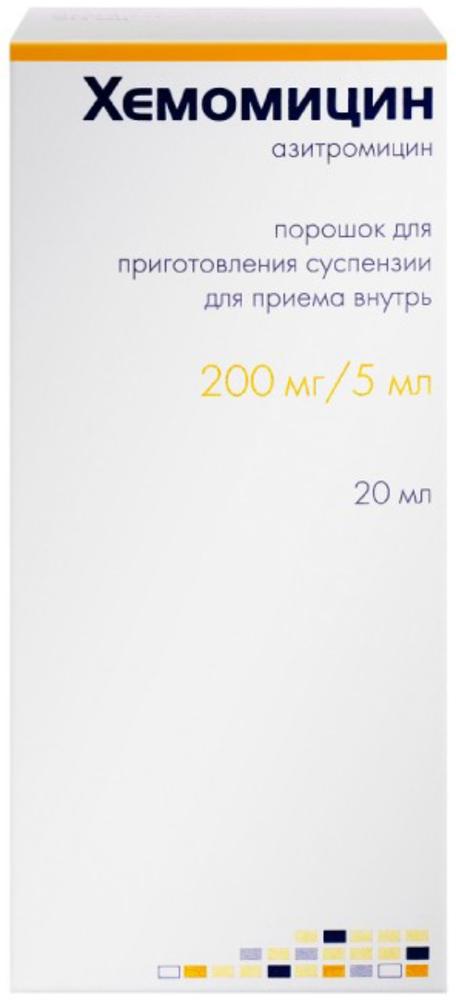
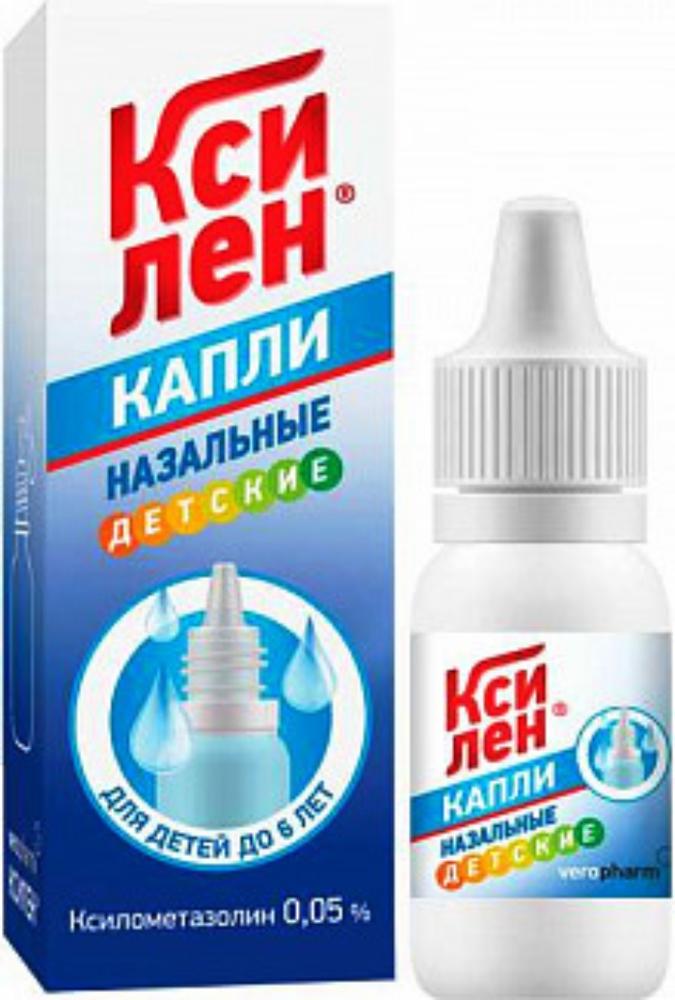
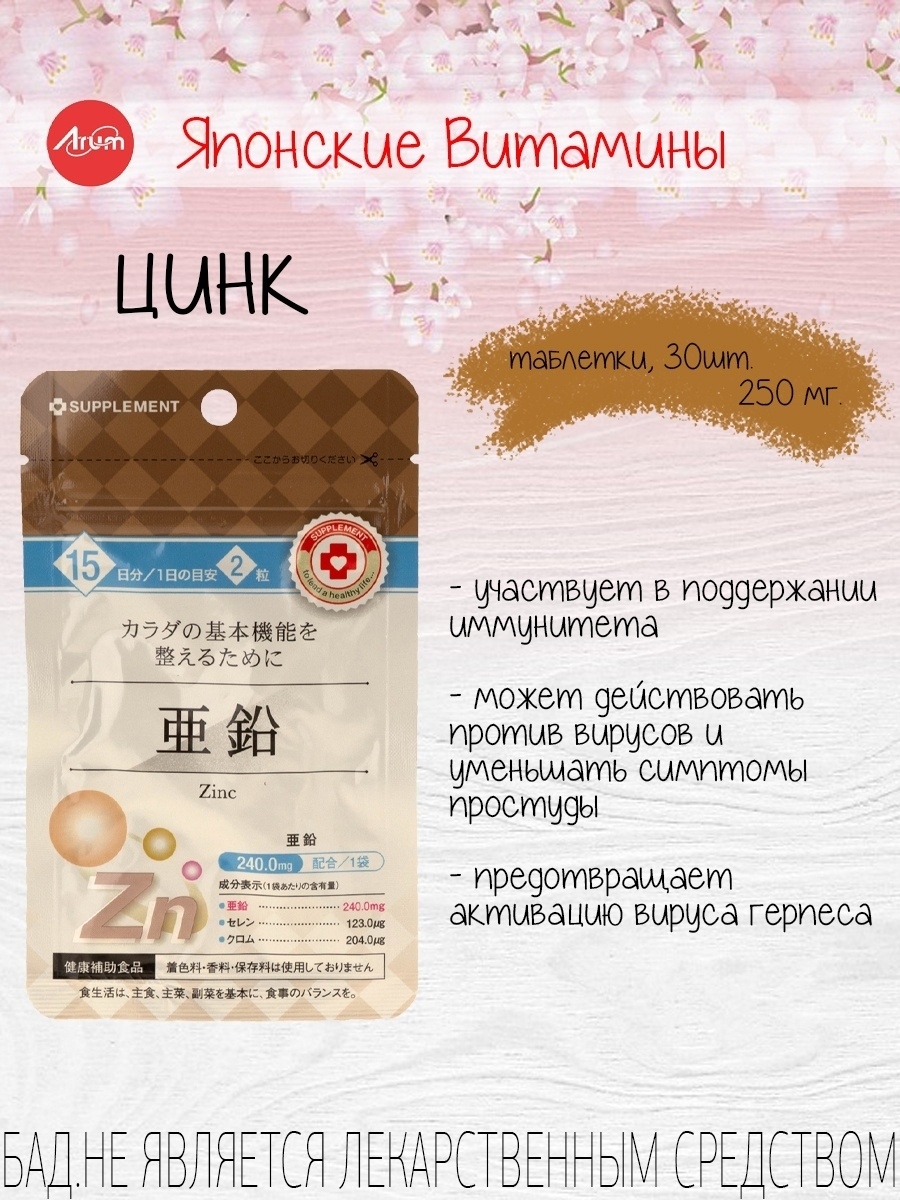

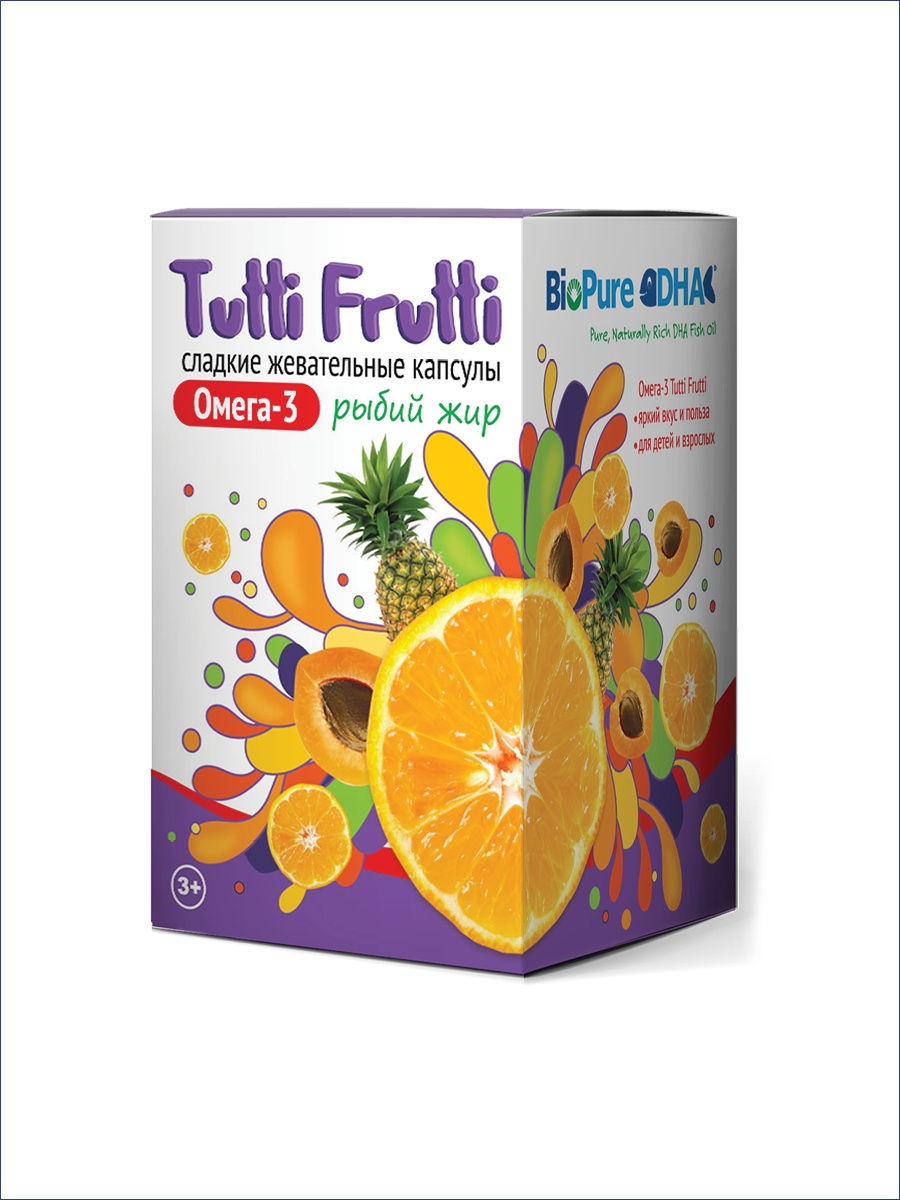
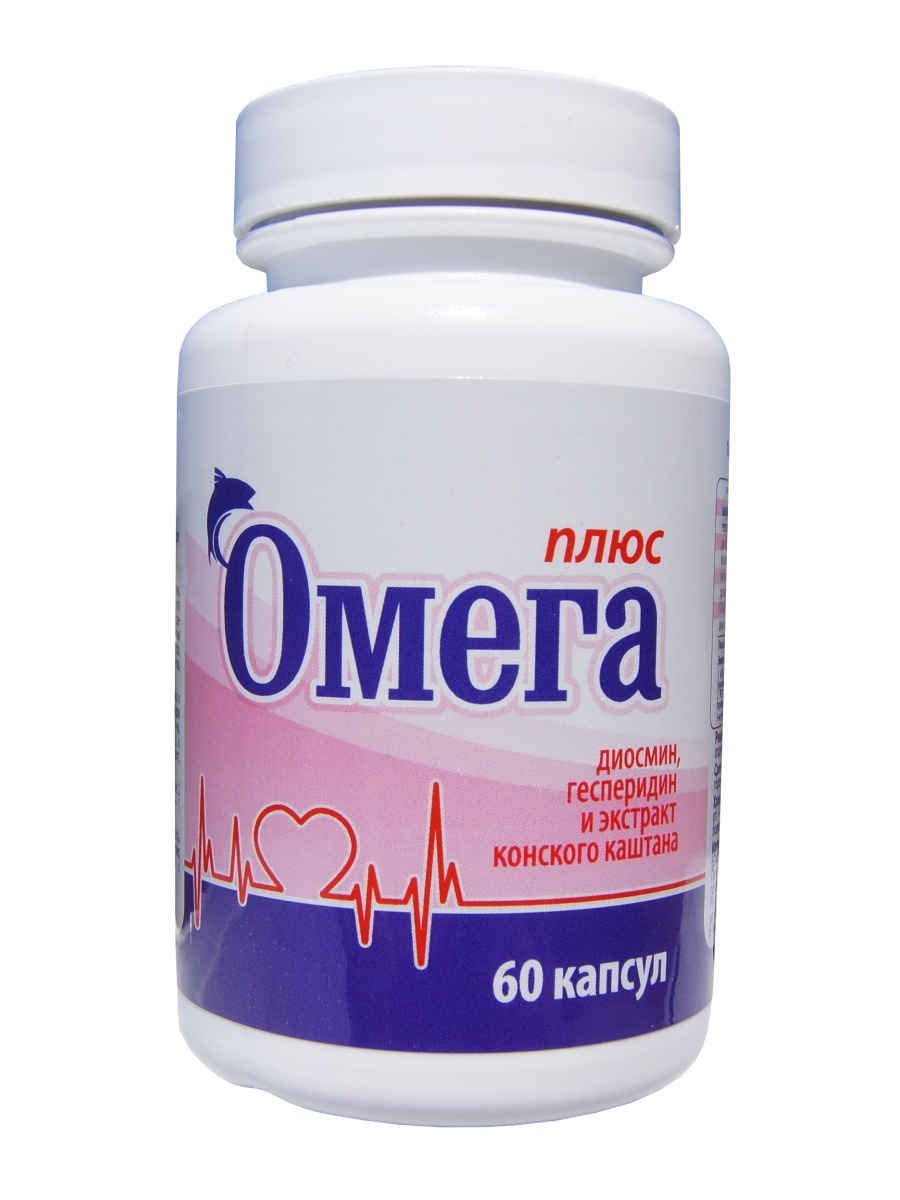
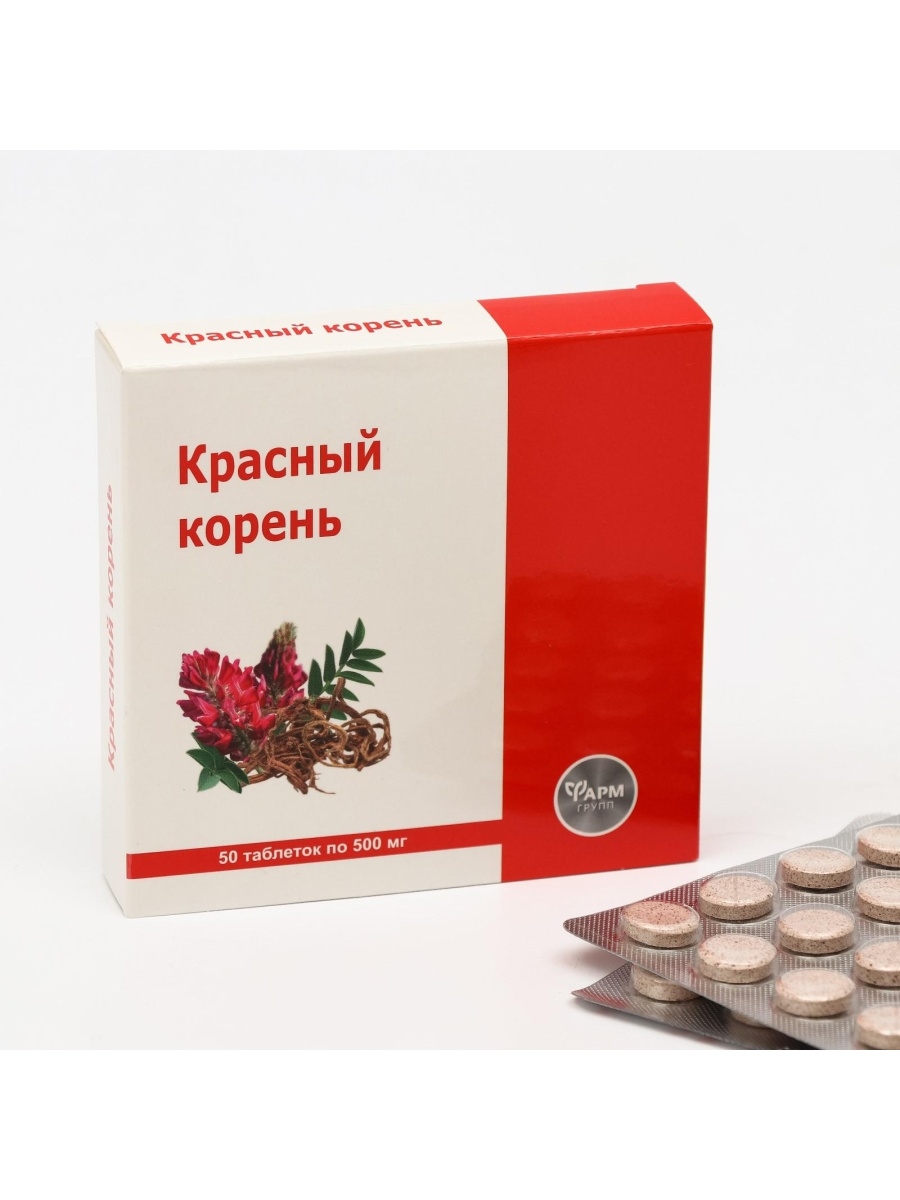




There are no reviews yet.